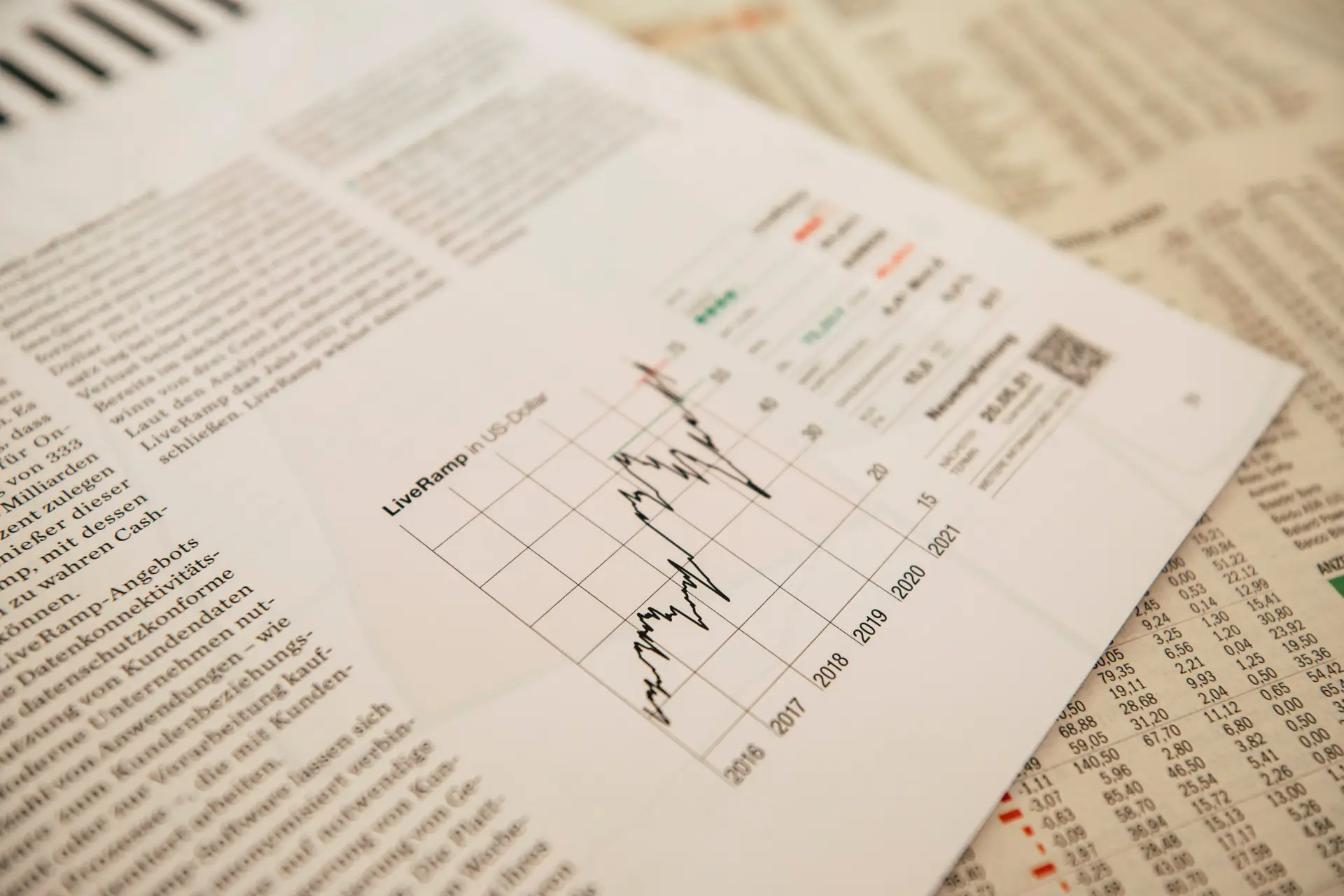You’re not alone if you’ve ever wondered how banks make money. After all, it’s hard to imagine that a bank could earn profit by just sitting there and lending out other people’s money.
What are the actual ways banks make money? Today we’re going to break down three common misconceptions about how banks make their profits and go into detail about what goes on inside these institutions that most of us never think about (or want to think about).
They Charge Fees for Just About Everything
Banks make money by charging fees for just about everything. They charge you $20 to open a new checking account, $3 for every ATM withdrawal, and even more if you use another bank’s ATM.
If you pay your credit card bill late or over the limit, they’ll charge you interest on top of all that. You can only move your money from one bank to another if you pay fees!
If this sounds like a lot of hassle, it is banks who are making money because their customers don’t understand how much they’re being charged (or how little they’re getting in return).
The good news? There are some ways around these charges—but it may take some time and effort to save up enough cash so that you can make them worthwhile!
They Loan Out Money They Don’t Have (Fractional Reserve Banking)
When you deposit money in your bank account, the bank only has a little money to give you. They don’t always keep $1 million in cash (or even a small fraction of that) in their vault.
Instead, they “loan out” your deposit and make it seem like this is a legitimate transaction—like you are simply lending them your hard-earned money for them to use for their business purposes.
Of course, this isn’t how it works: the bank does not actually loan out deposits! Instead, when someone deposits cash into an account as part of their normal banking activity, it becomes an asset on the bank’s balance sheet.
Once this happens (assuming there are no other factors such as capital requirements), banks can create new loans using that newly created cash as collateral—all without having any actual money themselves!
They Charge Interest on Loans of Other People’s Money
Banks like to loan out other people’s money. This means that when you deposit money at a bank, they will make the most of it by loaning some of that cash to others who want to borrow it.
For banks to profit from this business model, they need to charge interest on those loans. When you borrow $10,000 from your bank and agree to pay them 5% interest every year for five years, your cost of borrowing would be $7,050 over five years ($10,000 x 5%).
So not only did we have to spend $10k on our car, but now we have an additional $7,050 bill due every year?! Not fair! This is because banks don’t pay the interest for you or anyone else: YOU pay the interest!
Most People Don’t Know This!
Banks make money by charging fees and interest on loans. Their main product is not banking—it’s debt. Banks loan out money they don’t have, charging interest on loans of other people’s money.
This model isn’t sustainable, but it continues because banks rely on borrowers to continue taking out more debt than they can pay back. This means more profit for the bank as well as more opportunities for them to lend out even more so they can make even MORE profit in the future.
We hope to shed some light on how banks make money and the common misconceptions many people have about this topic. As mentioned above, most people don’t know that banks make their money from lending—not from your savings account or checking account balance (which is why those accounts are free). But don’t worry, you can still use your bank account to save money and get access to credit cards without paying for them!




